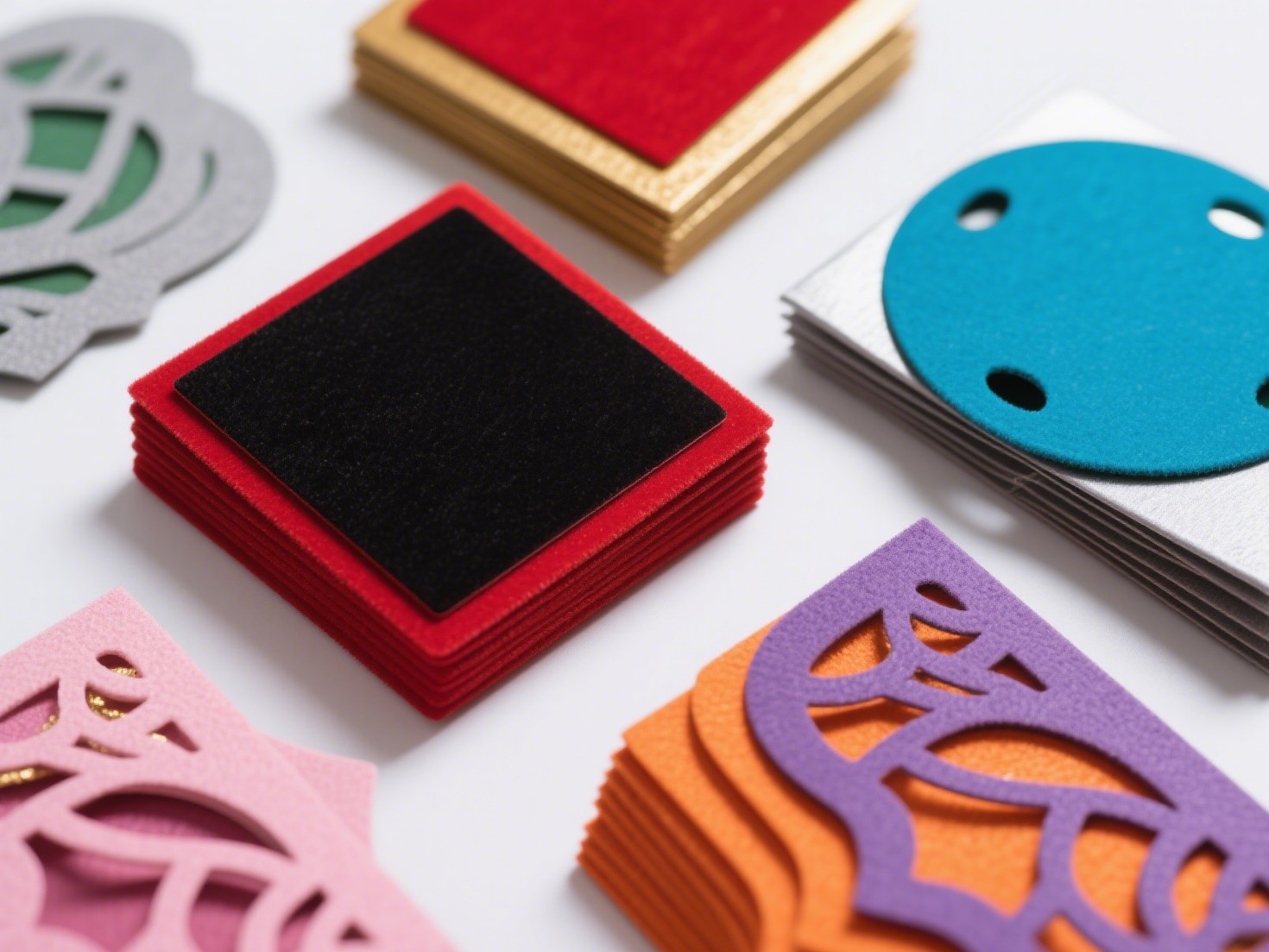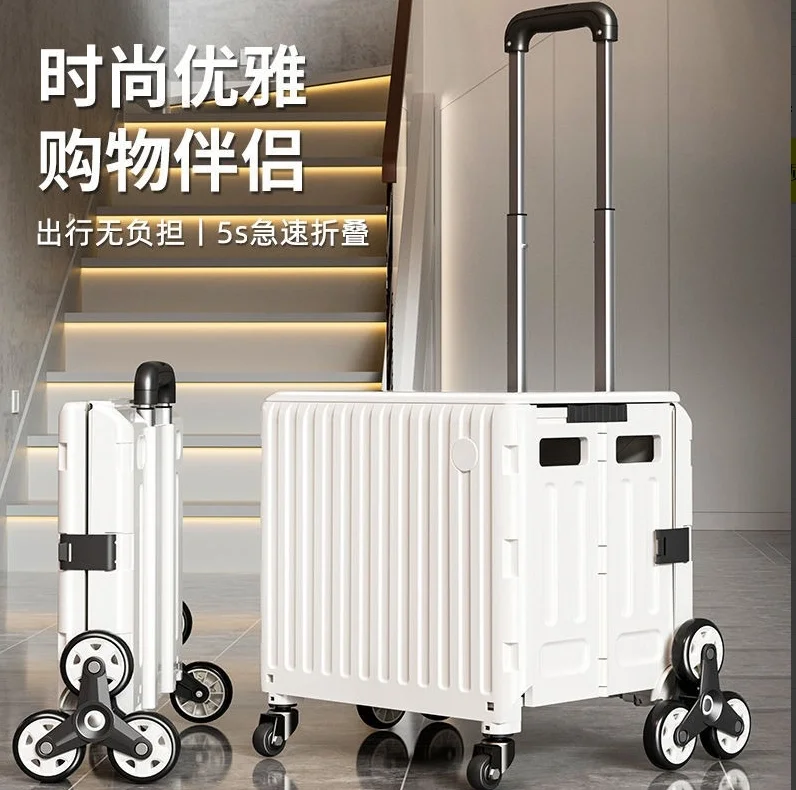In the world of athletic apparel, the choice of fabric is paramount, especially when it comes to close-fitting sportswear. Athletes and fitness enthusiasts alike seek garments that not only enhance performance but also provide comfort, breathability, and durability. This article delves into the various fabrics used in close-fitting sportswear, exploring their properties, benefits, and the science behind their design.
The Importance of Fabric in Sportswear
Close-fitting sportswear, often referred to as compression wear, is designed to hug the body closely, providing support to muscles and reducing the risk of injury. The right fabric can significantly impact an athlete's performance by enhancing mobility, regulating temperature, and managing moisture. Therefore, understanding the types of fabrics available is crucial for anyone looking to optimize their athletic experience.
Key Fabrics Used in Close-Fitting Sportswear
- Polyester
- Properties: Polyester is a synthetic fabric known for its durability and resistance to shrinking and stretching. It is lightweight and dries quickly, making it an ideal choice for high-intensity workouts.
- Benefits: The moisture-wicking properties of polyester help keep the skin dry by drawing sweat away from the body. This feature is particularly beneficial during prolonged physical activity, as it reduces the risk of chafing and discomfort.
- Nylon
- Properties: Nylon is another synthetic fabric that offers exceptional elasticity and strength. It is often blended with other materials to enhance its performance characteristics.
- Benefits: The smooth texture of nylon provides a comfortable fit against the skin, while its moisture-wicking capabilities help regulate body temperature. Additionally, nylon's resistance to abrasion makes it suitable for rigorous activities.
- Spandex (Lycra)
- Properties: Spandex, commonly known by its brand name Lycra, is renowned for its exceptional stretchability. It can stretch up to five times its original length and then return to its shape.
- Benefits: The inclusion of spandex in close-fitting sportswear allows for unrestricted movement, making it ideal for activities that require flexibility, such as yoga or gymnastics. Moreover, spandex enhances the overall fit of the garment, providing a second-skin feel that many athletes prefer.
- Merino Wool
- Properties: Merino wool is a natural fiber that is soft, breathable, and moisture-wicking. Unlike traditional wool, Merino is finer and less itchy, making it suitable for close-fitting garments.
- Benefits: Merino wool excels in temperature regulation, keeping the body warm in cold conditions and cool in warmer weather. Its natural moisture-wicking properties also help manage sweat, making it a popular choice for outdoor sports.
- Bamboo Fabric
- Properties: Bamboo fabric is derived from the pulp of the bamboo plant and is known for its softness and eco-friendliness. It possesses natural antibacterial properties, making it a hygienic option for sportswear.
- Benefits: The breathability of bamboo fabric helps regulate body temperature, while its moisture-wicking abilities keep athletes dry. Additionally, its natural stretch provides comfort without compromising fit.
The Role of Fabric Technology in Performance
Advancements in fabric technology have led to the development of specialized materials that enhance the performance of close-fitting sportswear. For instance, many brands now incorporate features such as:
- Anti-Odor Treatments: Fabrics treated with antimicrobial agents help prevent the growth of odor-causing bacteria, ensuring that garments remain fresh even after intense workouts.
- UV Protection: Some fabrics are engineered to provide UV protection, shielding the skin from harmful sun rays during outdoor activities.
- Seamless Construction: The use of seamless technology minimizes friction and chafing, enhancing comfort during movement.
Choosing the Right Fabric for Your Needs
When selecting close-fitting sportswear, it is essential to consider the type of activity you will be engaging in. For high-intensity workouts, fabrics with excellent moisture-wicking and quick-drying properties, such as polyester or nylon, are ideal. Conversely, for outdoor activities in varying temperatures, Merino wool or bamboo fabric may offer the best balance of warmth and breathability.
Conclusion
The fabric used in close-fitting sportswear plays a critical role in an athlete's performance and comfort. By understanding the properties and benefits of various materials, athletes can make informed choices that enhance their training and competition experiences. As technology continues to evolve, the future of sportswear will undoubtedly bring even more innovative fabric solutions, further pushing the boundaries of athletic performance. Whether you are a seasoned athlete or a casual fitness enthusiast, investing in the right close-fitting sportswear can make all the difference in achieving your goals.


